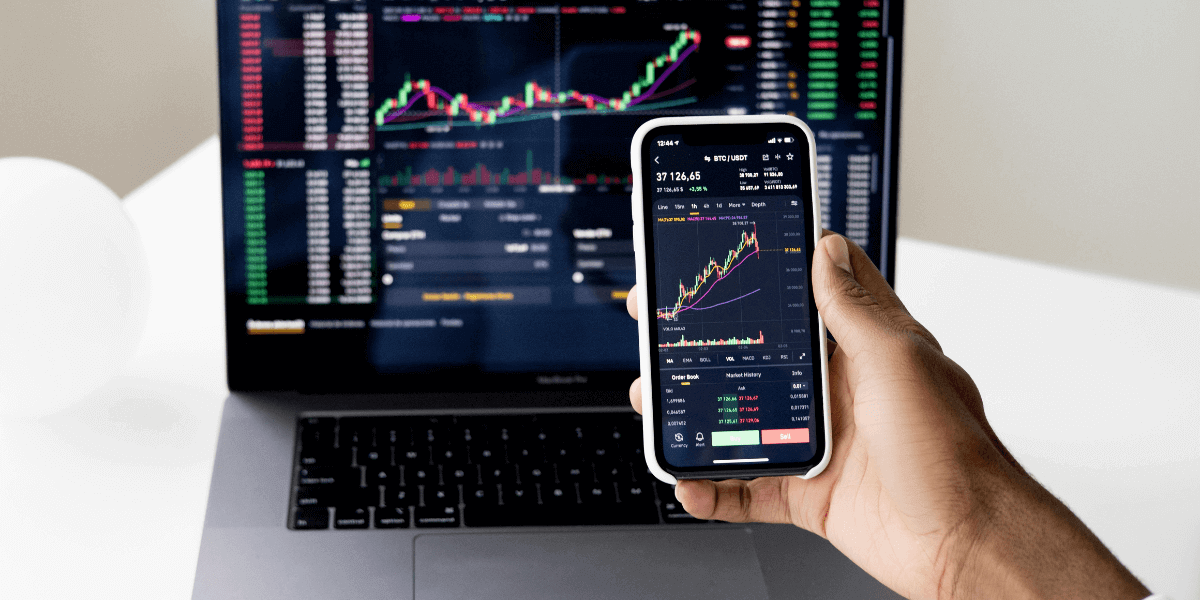
The relationship between the US dollar and gold prices has long been a focal point for investors and economists. As two of the most significant assets in the global financial system, their interplay provides insights into broader economic trends and investor sentiment. This article delves into the development of US dollar currency expectations and their consequent effects on the price of gold.
Historically, gold and the US dollar have shared an inverse relationship. When the dollar strengthens, gold prices often decline, and vice versa. This dynamic is rooted in gold's role as a safe-haven asset and a hedge against currency devaluation. Several factors contribute to the expectations surrounding the US dollar, including monetary policy, economic performance, and geopolitical stability.
Monetary Policy and Interest Rates
Monetary policy, particularly the actions of the US Federal Reserve (the Fed), plays a critical role in shaping US dollar expectations. Interest rates are a key tool used by the Fed to manage economic growth and inflation. When the Fel raises interest rates, the dollar typically strengthens due to higher returns on dollar-denominated assets. Conversely, lower interest rates tend to weaken the dollar as returns diminish.
The relationship between interest rates and gold prices is similarly impactful. Higher interest rates increase the opportunity cost of holding non-yielding assets like gold, often leading to lower gold prices. On the other hand, lower interest rates reduce this opportunity cost, making gold more attractive and driving its price up.
In fact, the US Fed surprised the market with a 0.5% percentage drop at its last policy meeting. This is particularly remarkable as rates are usually moved in increments of 0.25%. This lowered the opportunity cost of holding gold and the price reacted by making a decisive move higher.
Economic Performance
The economic performance of the United States significantly influences the value of the dollar. Strong economic indicators, such as robust GDP growth, low unemployment rates, and healthy consumer spending, tend to bolster the dollar. Conversely, economic downturns or recession fears can weaken the currency.
Gold prices often move inversely to economic performance. During periods of economic strength, investors may favour riskier assets with higher potential returns, reducing demand for gold. In contrast, during economic uncertainty or downturns, investors flock to gold as a safe-haven investment, pushing its price higher.
Last week, key US economic data was released which paints a rosier picture for the US economy; specifically, service sector activity reached a one and a half year high, coupled with a reading indicating stronger (non-farm payroll) employment data. This came shortly on the back of resilient consumer spending and a better US goods trade balance. (Link: US service sector activity accelerates to 1-1/2-year high; employment declining | Reuters; US consumer spending resilient; inflation continues to abate | Reuters)
This new data has seen a recalibration of market expectations for the path of US interest rates, which are now very unlikely to be lowered by more than 0.25 percentage points at the next US interest rate meeting in November.
The market now currently assigns a 90% probability of a 0.25 percentage point change in policy rate in November, and this has caused the US dollar to strengthen this past week. As a result, the dollar gold price is trading $60 lower, which is more than a 2% drop from recent all-time highs.
GBP v USD
For UK investors relative pound strength in the first half of 2024 had held back GBP gold price advances, and this could prove to be an opportunity for investors should the pound continue to weaken from its short-term highs. In fact, since the start of October we have seen sterling (GBP) come off its highs, whilst the US dollar has recovered some value.
The risk-sensitive pound sterling has likely been the subject of a more risk off attitude, manifesting from escalations in the Middle East and increased uncertainty heading into the budget announcement on the 30th October.
The GBP:USD currency pair had been trading at post-Covid highs of 1.34 at the end of last month, demonstrating renewed interest in sterling. However, this currency rate now sits below 1.31. The move in the foreign exchange rate is reflected in the performance of gold in the respective currencies, with US dollar strength eroding the USD gold price this week, more so than the gold quote in pound sterling, which has only fallen c 1% due to sterling weakness.
Sources
US service sector activity accelerates to 1-1/2-year high; employment declining | Reuters
US consumer spending resilient; inflation continues to abate | Reuters
Notes
The contents of this article are accurate at the time of publishing, are for general information purposes only and do not constitute investment, legal, tax or any other advice. Before making any investment or financial decision, you may wish to seek advice from your financial, legal, tax and/or accounting advisers.
This article may include references to third-party sources. We do not endorse or guarantee the accuracy of information from external sources, and readers should verify all information independently and use external sources at their own discretion. We are not responsible for any content or consequences arising from such third-party sources.





